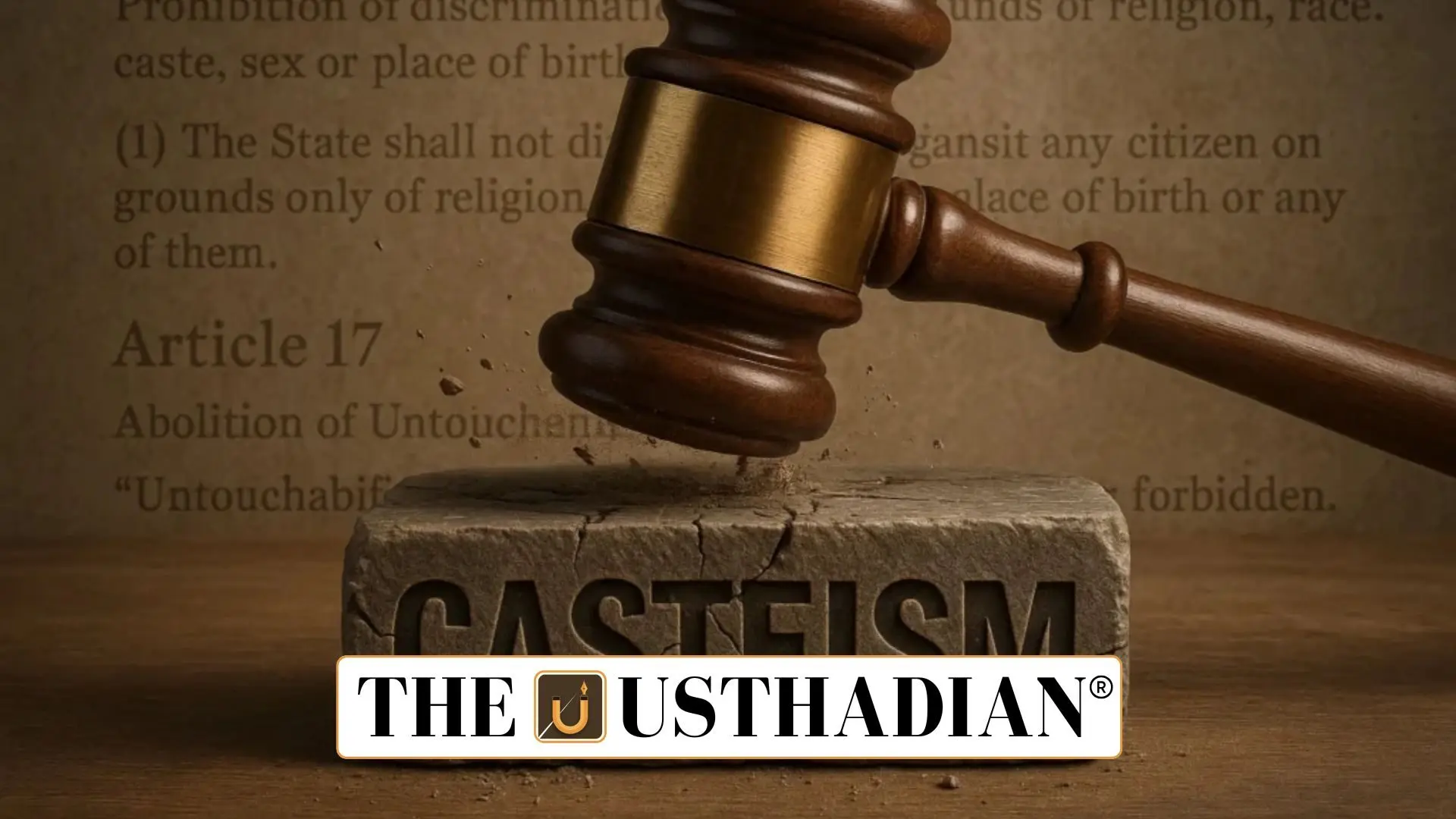Supreme Court Pushes for Change
Ending Caste Discrimination in Prisons: A Landmark Justice Reform in India: On October 3, 2024, the Supreme Court of India issued a strong directive to the central government, asking it to eliminate caste-based segregation and unequal treatment in prisons. The court flagged practices like manual scavenging assigned to lower-caste prisoners, demanding urgent reforms. In response, the Union Home Ministry revised the Model Prison Manual (2016) and the Model Prisons and Correctional Services Act (2023), triggering a nationwide overhaul of prison policies.
What Is the Model Prison Manual?
The Model Prison Manual is a central guide issued in 2016 to help states manage their prison systems uniformly. Though prisons fall under state control, the manual offers a template to standardise rights, responsibilities, and management. The latest amendment now tackles caste discrimination head-on, turning a progressive idea into enforceable policy.
No More Caste-Based Assignments
The new guidelines strictly prohibit any classification or segregation based on caste. This includes:
- Equal work duties for all inmates, regardless of caste.
- No forced sanitation work for specific castes.
- Equal access to rehabilitation, training, and welfare schemes.
This isn’t just legal language—it directly addresses long-standing practices of assigning menial or degrading tasks to Dalit prisoners, while upper-caste inmates were spared.
Section 55(A): A Shield Against Discrimination
The Model Prisons and Correctional Services Act, 2023, now includes Section 55(A). It legally prohibits caste-based discrimination inside jails and correctional homes. The section affirms that all prisoners are entitled to dignity, equal treatment, and humane conditions, aligning with constitutional values under Articles 14 and 21.
Ending Manual Scavenging Inside Jails
Manual scavenging is outlawed in India under the Prohibition of Employment as Manual Scavengers and Their Rehabilitation Act, 2013. But in practice, many prisons still forced Dalit inmates to clean toilets and sewage systems.
The Home Ministry has clarified:
- No inmate can be forced to clean human waste.
- Mechanised cleaning systems must be implemented.
- Jail officials are now legally responsible for ensuring safe sanitation.
This brings India’s prisons in line with both modern health standards and human rights law.
A New Definition for “Habitual Offender”
The law also introduces a uniform definition of “habitual offender”:
- A person with more than two convictions within a five-year span qualifies.
- Time spent in prison between convictions doesn’t count toward the five years.
This prevents misuse of the label and ensures fairer treatment across states, especially in parole, bail, and rehabilitation considerations.
What the States Must Do Now
Though the central government has issued these changes, prison administration is a state subject. Each state must now:
- Update their prison manuals within three months.
- Ensure that prison practices are aligned with Section 55(A) and the 2013 Manual Scavenging Act.
- Apply the uniform habitual offender definition, especially in states lacking a separate act.
This reform reflects federal cooperation—the Union sets the standard, and the states implement it.
STATIC GK SNAPSHOT FOR COMPETITIVE EXAMS
| Topic | Data / Fact |
| Supreme Court Order | October 3, 2024 |
| Updated Law | Model Prison Manual (2016), Model Prisons Act (2023) |
| New Legal Clause | Section 55(A): No caste-based discrimination in prisons |
| Manual Scavenging Law | Prohibition Act, 2013 – now enforced in prisons |
| Habitual Offender Definition | More than two convictions in five years (excluding jail time) |
| Implementation Deadline | 3 months for states to revise manuals |
| Legal Articles Upheld | Article 14 (Equality), Article 21 (Right to Life and Dignity) |








